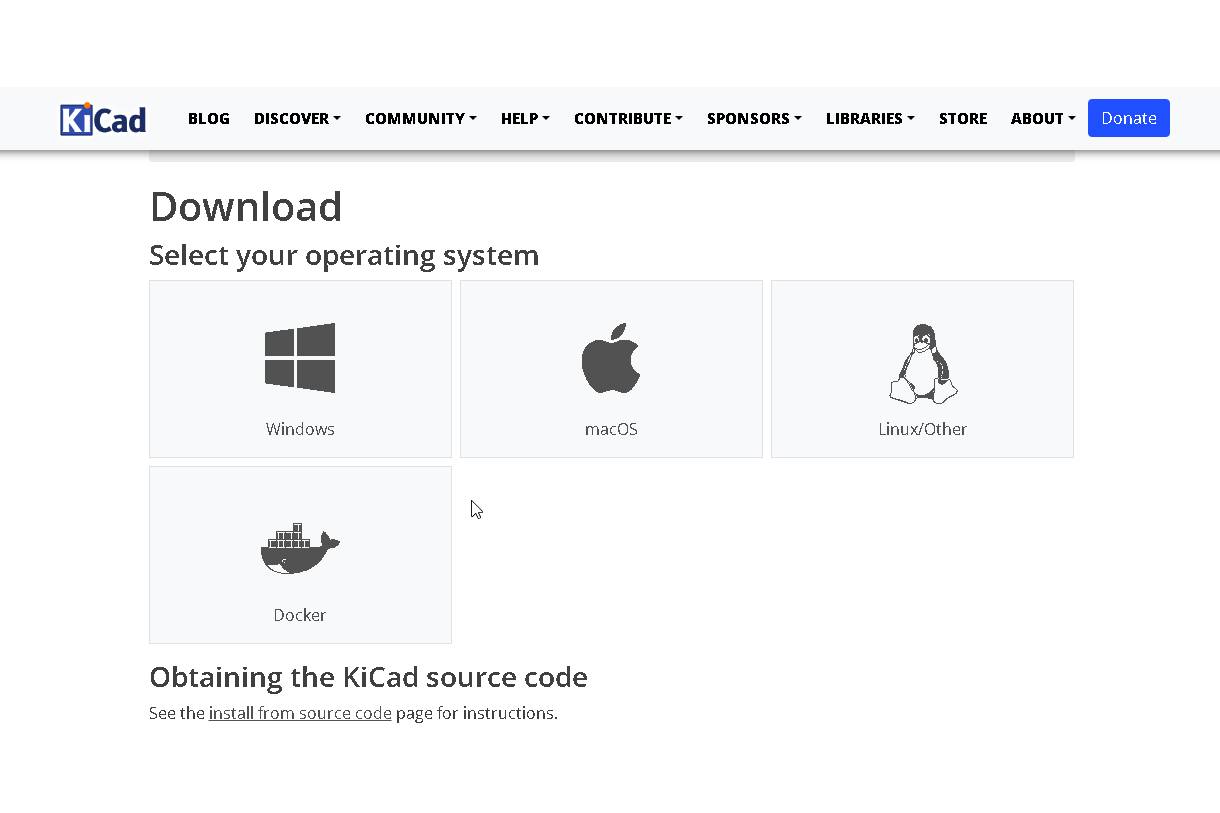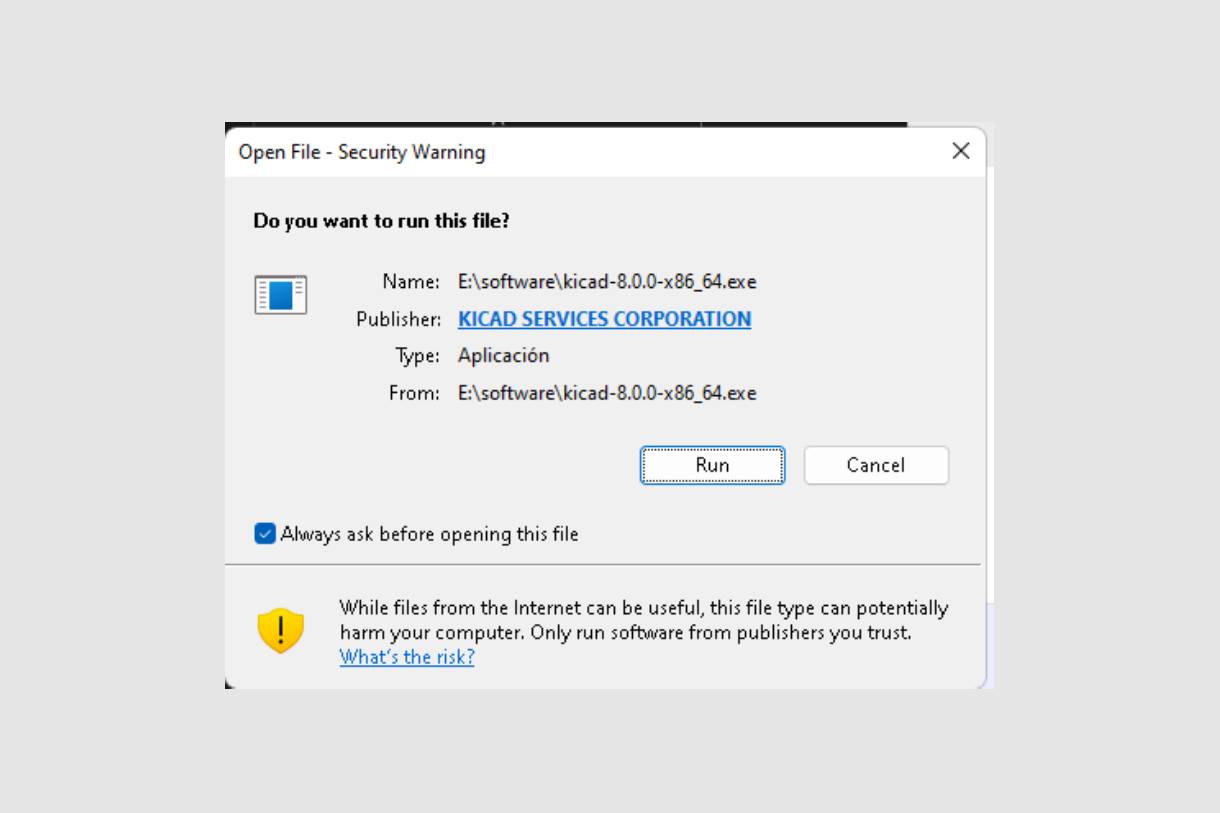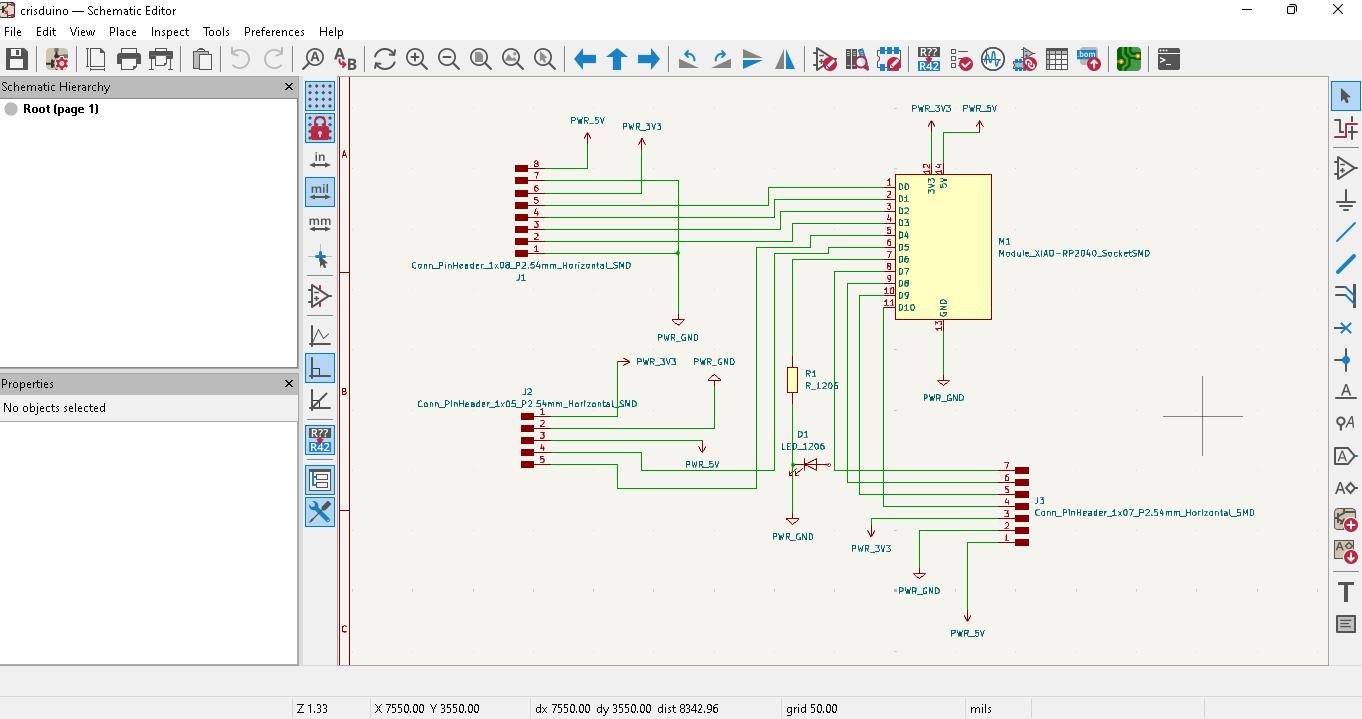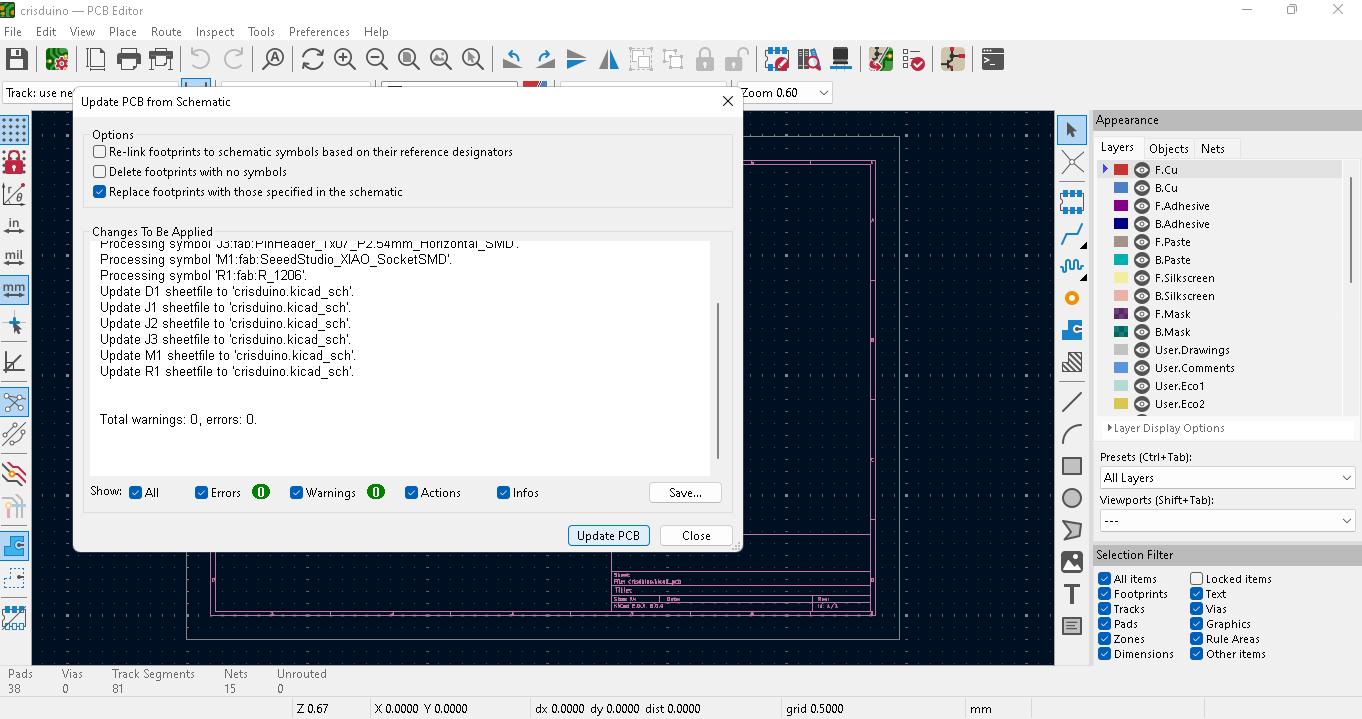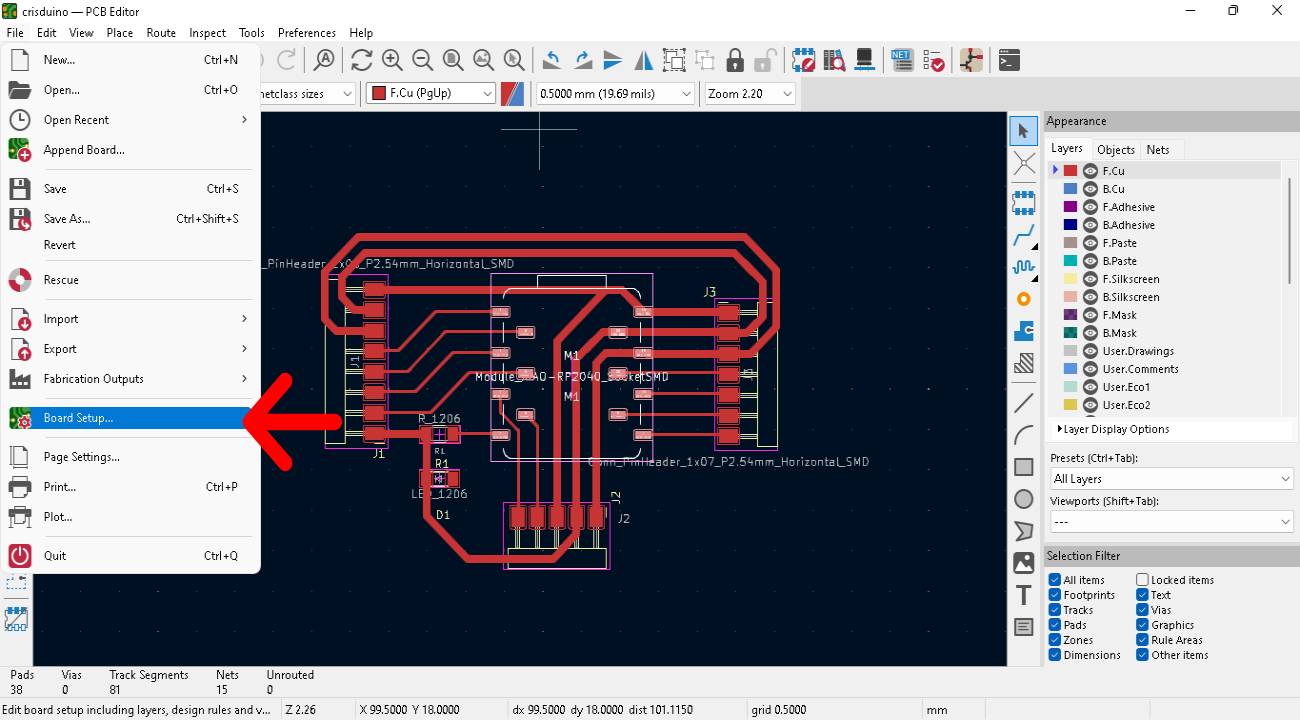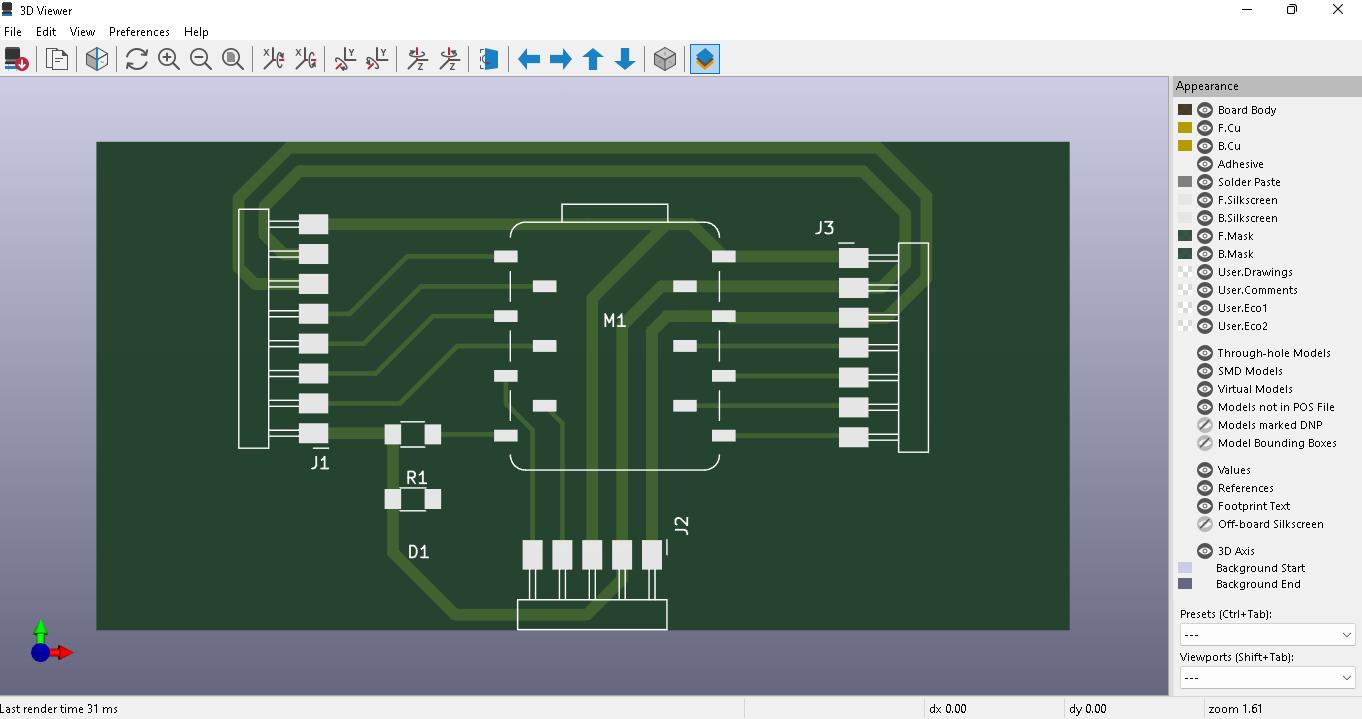Group assignment
For this group assignment we visited the IEST Simon Bolivar Fab Lab located in the port of Callao.
You can see the documentation on the group's web page

What did you learn?
The importance of the oscilloscope and the multimeter as essential basic tools for electronic work.
Learn to visualize the graph as a result of the electrical variation in a given time.
The multimeter allows us to measure the electric current that flows (continuity) from one point to another.
With the use of these tools we can validate the design of electronic circuits.


